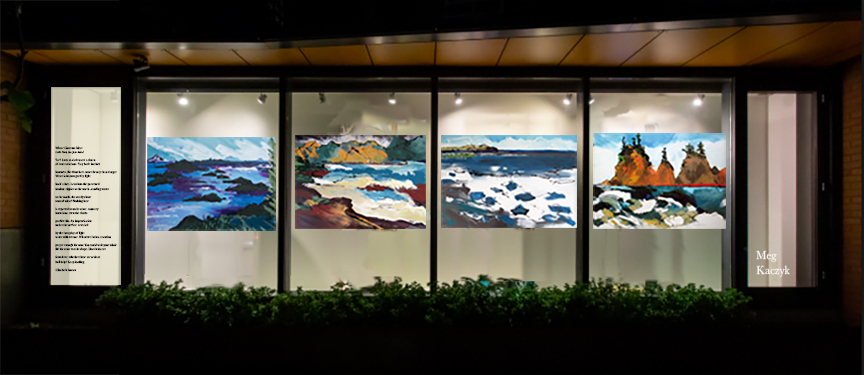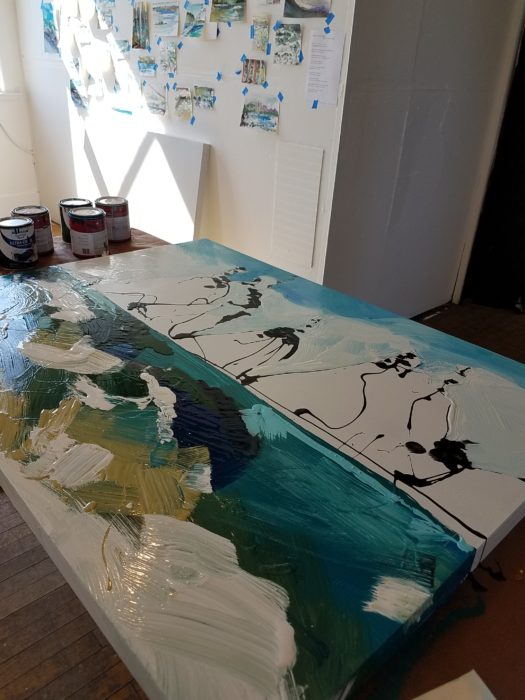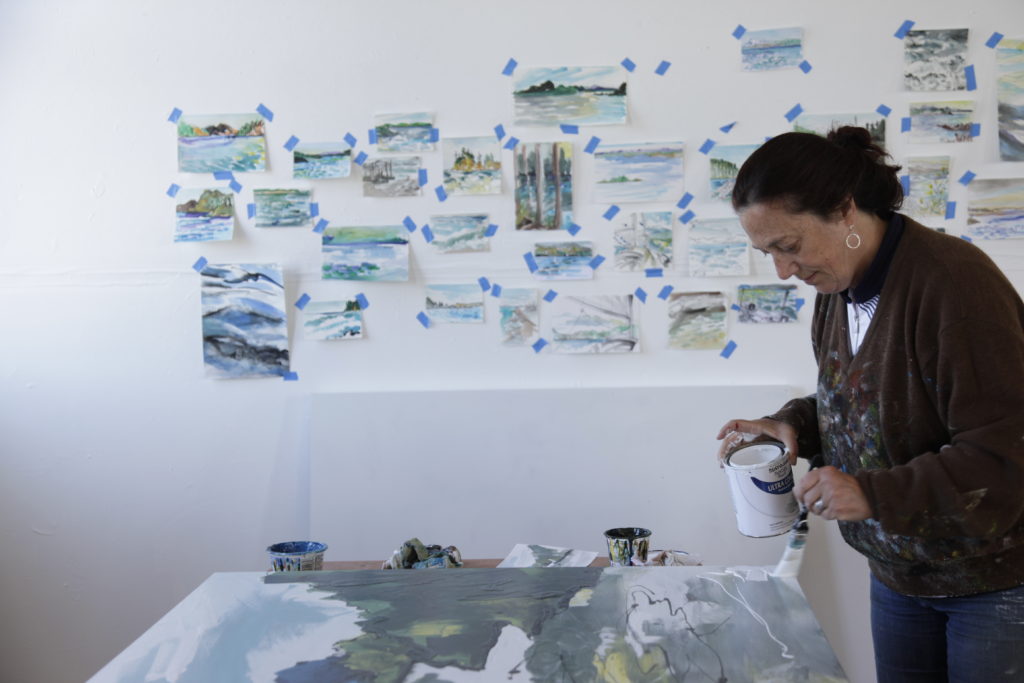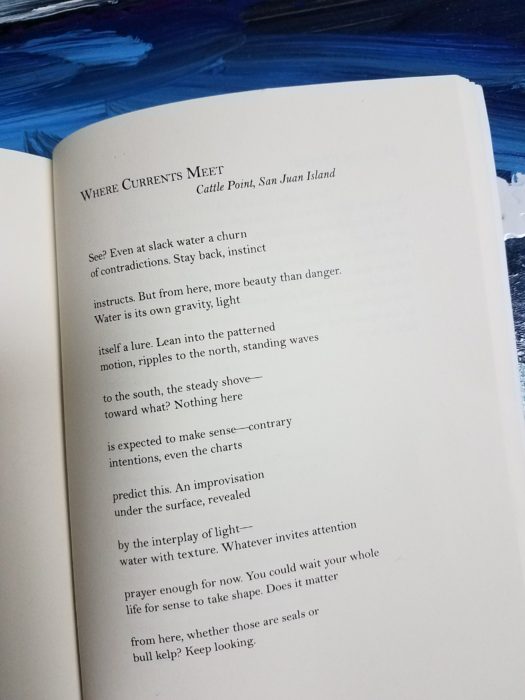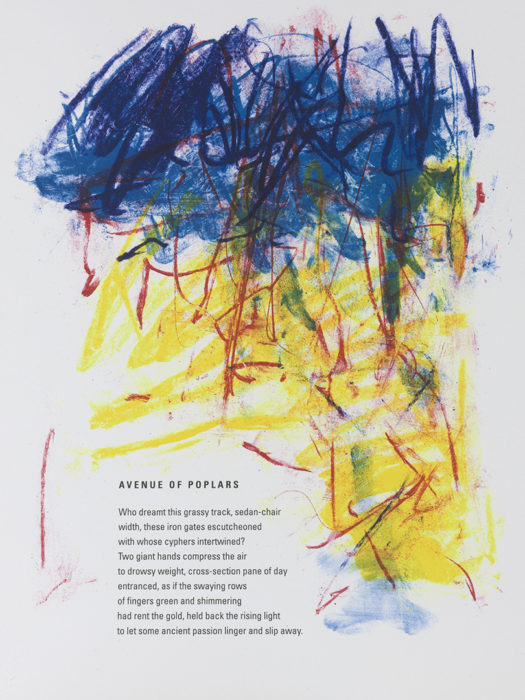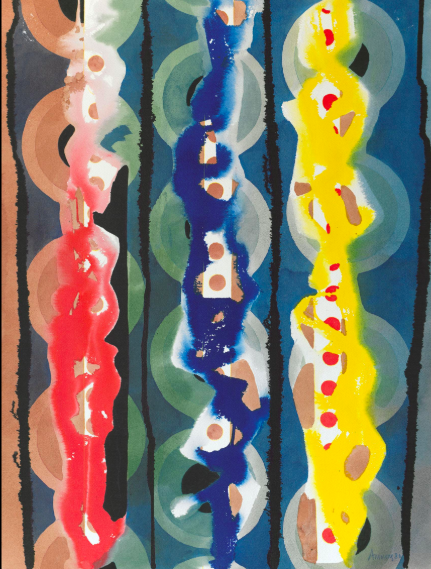Literature and art making are intertwined for me, and yet, when you look at my work, that may not be immediately obvious. My paintings reflect the visible world – through hand, eye, craft and energy – emerging as my visual voice. I don’t directly take words and set to making a painting about them. So, how does the written word, since it is so important to me, show up?
For one thing, I am a poetry lover. A good poem opens me up, makes me receptive, soft, silent. Moved. The quiet listening space a poem can evoke is how it can feel while in the flow of art making. Mental chatter quiets, and the line from experience to expression is more direct. A poem puts me in that place. Regular doses of poetry prime my creative heart.
When I was working on my Waterways series during an Artist Residency at Centrum, I stumbled onto an Elizabeth Austen poem that fed the work that was happening. It seemed like the piece exactly described the environment, the fluidity and the abstract quality of what I was painting. Afterward, I designed a Shunpike Storefront proposal that used that poem to accompany the paintings. I didn’t get the project, but I was thrilled that Ms. Austen was willing! Poetry and abstract work just seem to go together.
A poem expresses a sense experience and a painting also expresses a sense experience, both of them using one form to convey another. Between the experience and the expression is the sweet space of contemplation. That gap is why we linger over a lovely painting, and why we re-read a poem time and again. Joan Mitchell has a powerful body of work from poetry – not narrative accompaniments – but companions in expression, complementing each other.
And then there is literature. Worlds in worlds. Even non-fiction can take me far away to spheres of information and context that open me to different ways of being, seeing, believing – and how can that not affect my art making? I just finished reading “Braiding Sweetgrass” by Robin Wall Kimmerer, and her language around reciprocity resonated: “…its wisdom is that the beauty of one is illuminated by the radiance of the other.” Reciprocity is a lovely way to describe what is called ekphrastic in art circles – where one art form is informed by another – but I rather prefer the “giving and receiving” sense of reciprocity, as a mutual exchange.
A painting offers a view of a world within a world. As real as anything else, and yet, not like anything else at all. That is my love of abstraction. I love seeing how my particular expression is affected by other ways to see, reciprocating art with art.
Join me for a 2-day workshop at Port Townsend School of the Arts that guides you through the literary inspiration of poetry in art making. June 10-11, 10am-1pm.
